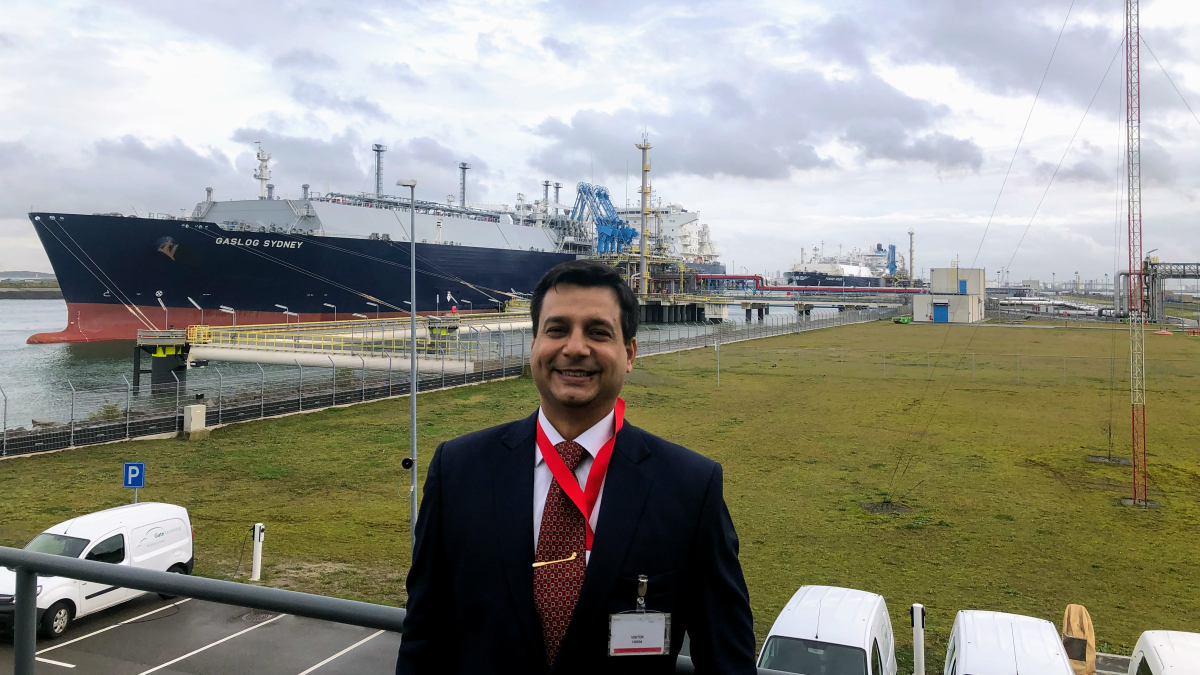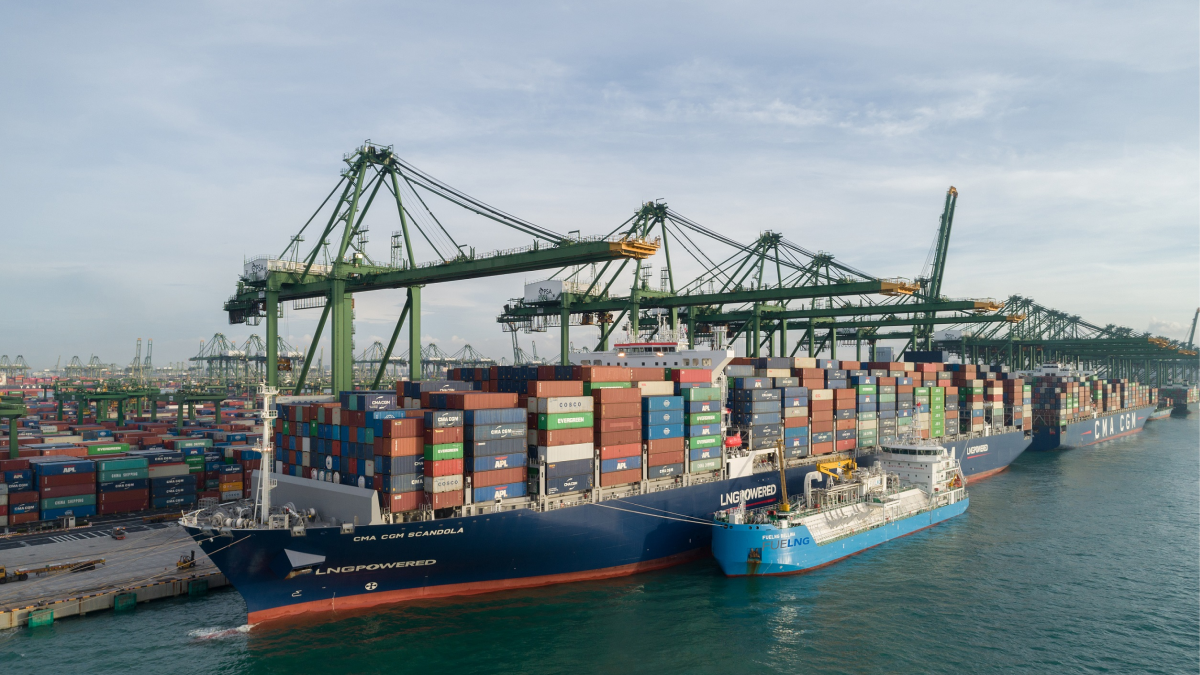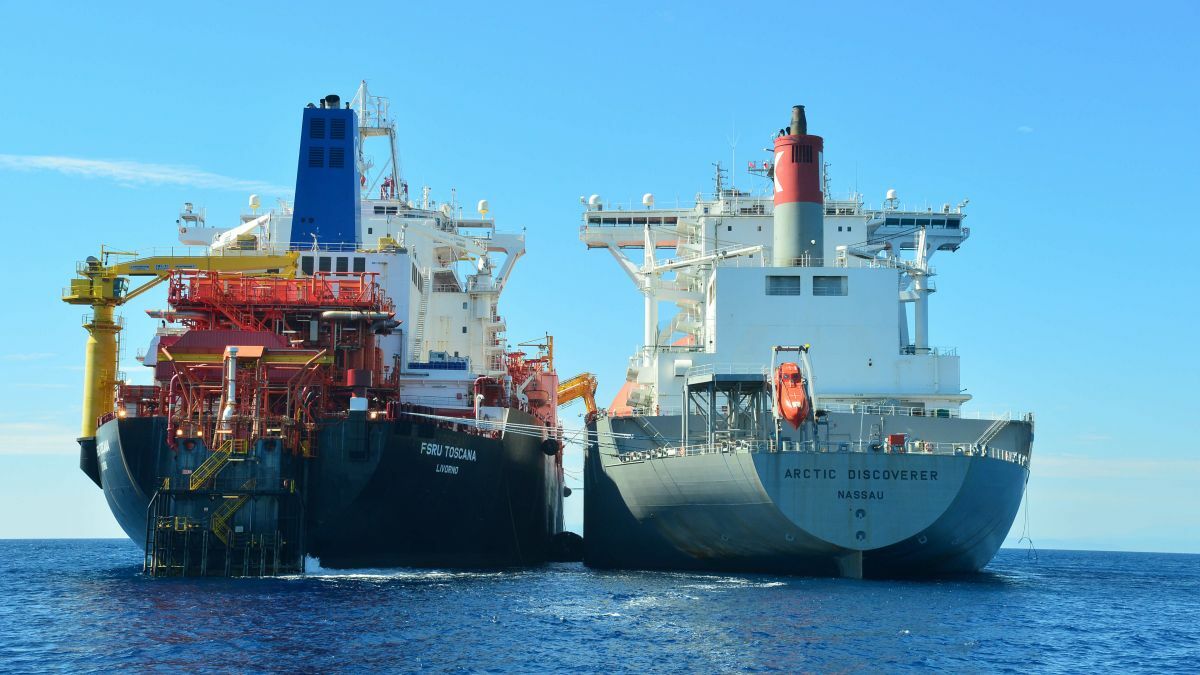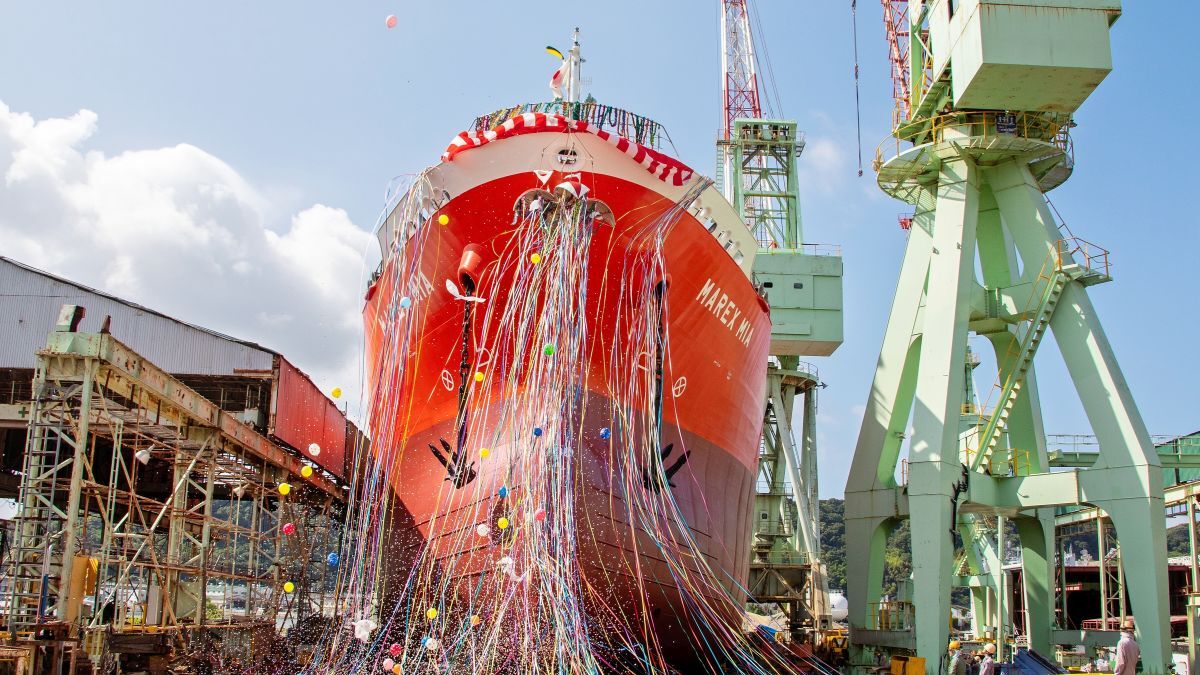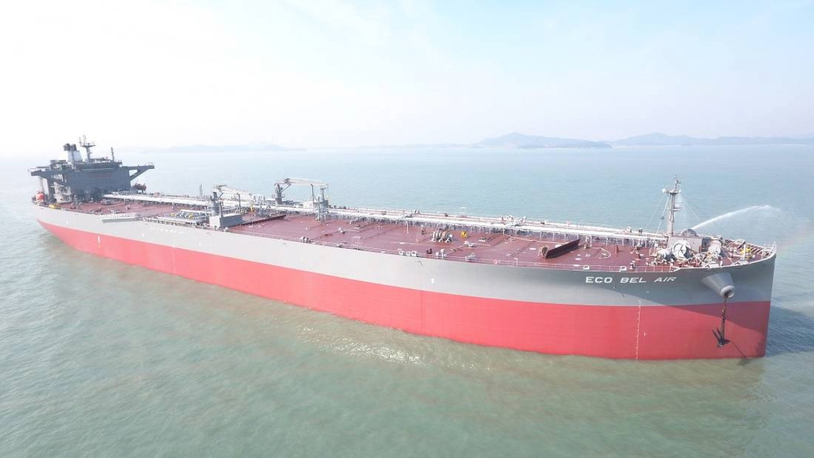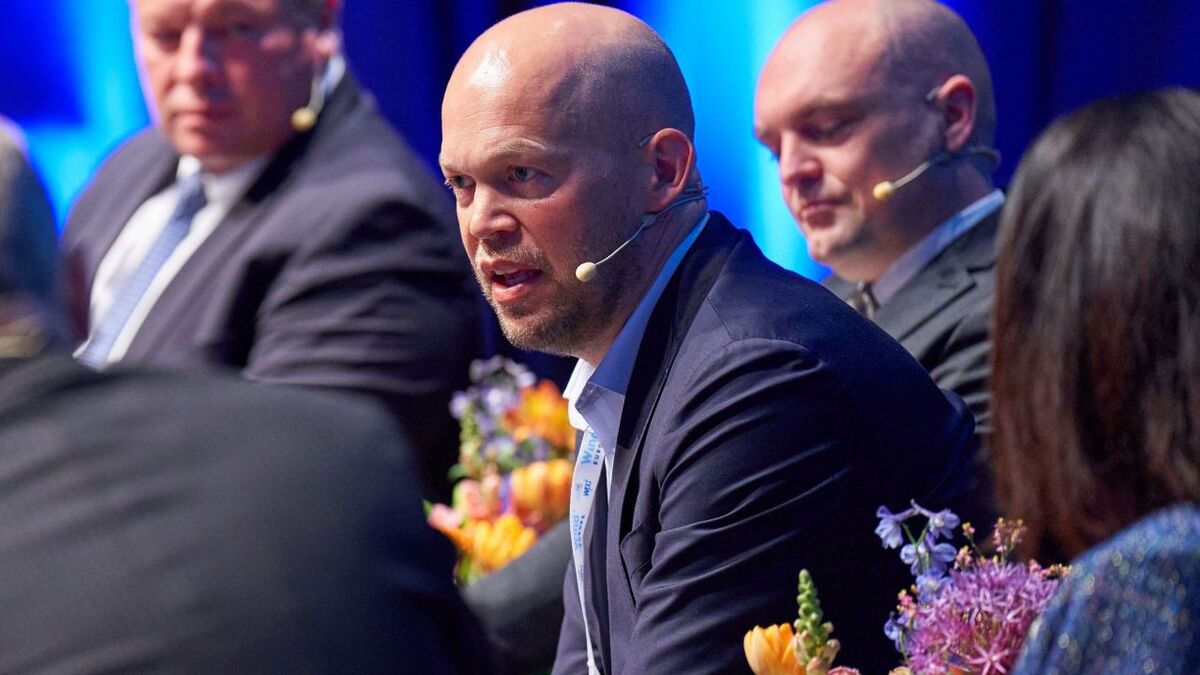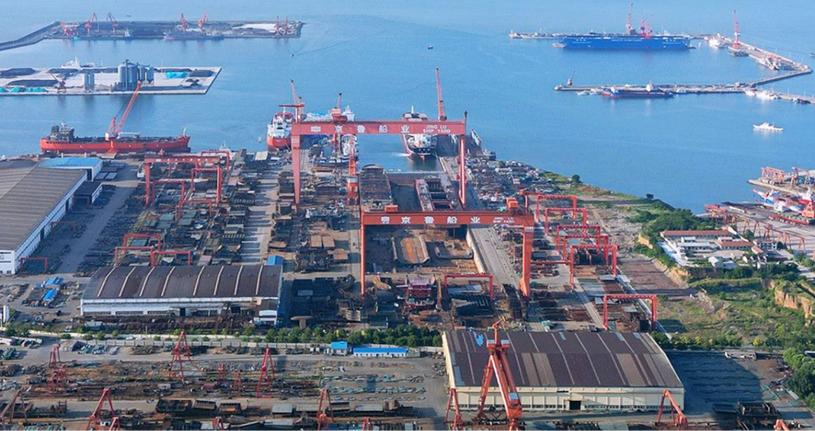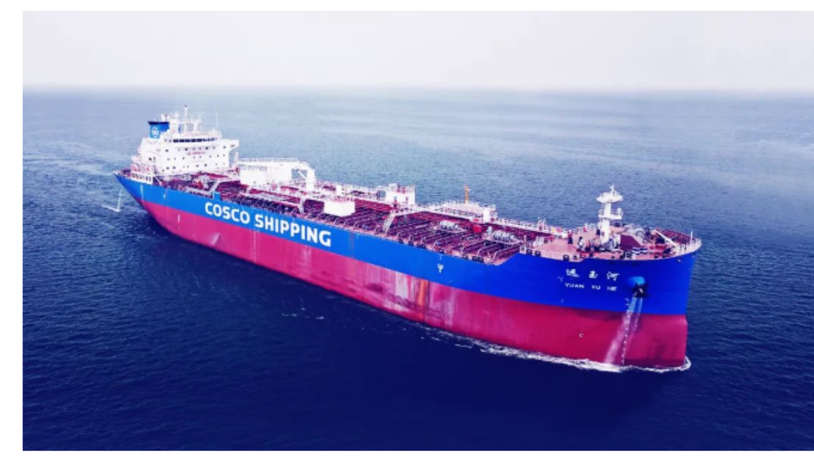Business Sectors
Contents
Register to read more articles.
FueLNG's journey towards bunkering excellence
FueLNG general manager, Saunak Rai, explains the remarkable journey the company has taken within the LNG bunkering space
Under the leadership of general manager, Saunak Rai, FueLNG has achieved numerous milestones, helping transform Singapore into a hub for LNG bunkering.
FueLNG has garnered an impressive track record in Singapore, with more than 100 ship-to-ship and 500 truck-to-ship LNG bunkering operations accomplished. Mr Rai said the company has recently welcomed its second bunkering vessel FueLNG Venosa, marking a significant addition to its capacity to service customers.
Mr Rai is a licensed captain. His career continued with on-shore roles at Maersk LNG, starting as marine superintendent for LNG and liquefied petroleum gas (LPG) vessels and eventually becoming assistant general manager in LNG commercial operations. During his two-year executive MBA programme at the Copenhagen Business School, he developed a thesis on LNG bunkering, a pivotal experience that laid the foundation for his future endeavours in the LNG sector.
“FueLNG’s inception was as a true start-up, lacking even a physical office”
Singapore beckoned, with an exciting opportunity for Mr Rai to develop Norgas Carriers into a small-scale LNG shipping company, specialising in LPG and petrochemical gas carriers. The challenge of pioneering a concept that was relatively new at the time appealed to his entrepreneurial spirit.
During this period, the global maritime industry began to recognise the importance of emissions reductions through LNG as marine fuel, due to its near-zero sulphur oxide and particulate matter emissions and close to 75% reduction in nitrogen oxide emissions.
Reflecting on those early days, Mr Rai recalled that in 2012-13, the Maritime and Port Authority of Singapore (MPA) inquired about the possibility of LNG bunkering. However, demand was virtually non-existent at that point. This foresight would later prove invaluable.
FueLNG’s inception was as a true start-up, lacking even a physical office at the beginning. Mr Rai, with the support of its shareholders, worked on establishing the entire organisation and office, to prepare for the upcoming LNG bunkering operations. FueLNG’s first ship, FueLNG Bellina, which was also Singapore’s first LNG bunker vessel, was successfully delivered amid the COVID-19 pandemic and began its operations in March 2021. The first operation was Asia’s first SIMOPS (simultaneous operations) LNG bunkering operations with a container ship.
What lessons have been learnt since FueLNG’s formation? Mr Rai stressed the importance of collaboration with stakeholders and customers. He said that collaboration enhances the safety and efficiency of operations. While acknowledging the significance of FueLNG’s two major shareholders, Seatrium Offshore and Marine and Shell Singapore, Mr Rai highlighted the importance of collaboration with the entire ecosystem. Notably, co-operation with local terminals, which has been vital in facilitating simultaneous operations, saving valuable time for customers.
A wide range of vessels require bunkering and FueLNG caters to both ultra-large container vessels that are LNG-fuelled, as well as smaller LNG-powered vessels, such as dredgers. Each vessel comes with different equipment standards, necessitating flexibility in adapting to various requirements while maintaining a stringent safety standard. Mr Rai said FueLNG is often tasked with elevating the safety awareness of receiving vessels to meet LNG bunkering safety standards. This is done by ensuring the detailed compatibility of equipment and carrying out an operations walkthrough, both for customers as well as their vessel’s crew, to enhance the overall safety of operations. Mr Rai underscored the immense value of the diverse skills of FueLNG’s staff in ensuring the safe and efficient bunkering of various vessels.
Mr Rai said that with LNG dual-fuel container vessels constituting 30% of the orderbook, there could potentially be growth opportunities for LNG bunkering activities in Singapore.
“The MPA inquired about the possibility of LNG bunkering [but] demand was virtually non-existent”
Looking ahead to Gastech 2028, Mr Rai’s vision for FueLNG is one of optimism and growth. He sees two major drivers propelling the company forward. Firstly, the global environmental agenda, underscored by stringent emissions reduction targets, is expected to drive greater adoption of LNG as a lower-carbon fuel available at scale. The Marine Environment Protection Committee (MEPC 80) regulations have set clear and stringent goals, aligning with the industry’s environmental aspirations. Secondly, the competitive nature of the shipping industry, where cost remains a significant determinant, may favour LNG as a choice for an alternative marine fuel.
Singapore’s maritime ascendancy
Mr Rai concluded by highlighting Singapore’s strategic significance in the maritime industry. He commended the Singapore government for its deliberate efforts in nurturing a thriving maritime ecosystem. Mr Rai feels Singapore’s policies, education initiatives, and business-friendly environment have all helped position it as a global maritime hub. If Singapore remains committed to innovation and decarbonisation, it could become a beacon of progress and collaboration for a net-zero emissions future.
Related to this Story
Events
LNG Shipping & Terminals Conference 2025
Vessel Optimisation Webinar Week
Marine Coatings Webinar Week
© 2024 Riviera Maritime Media Ltd.


